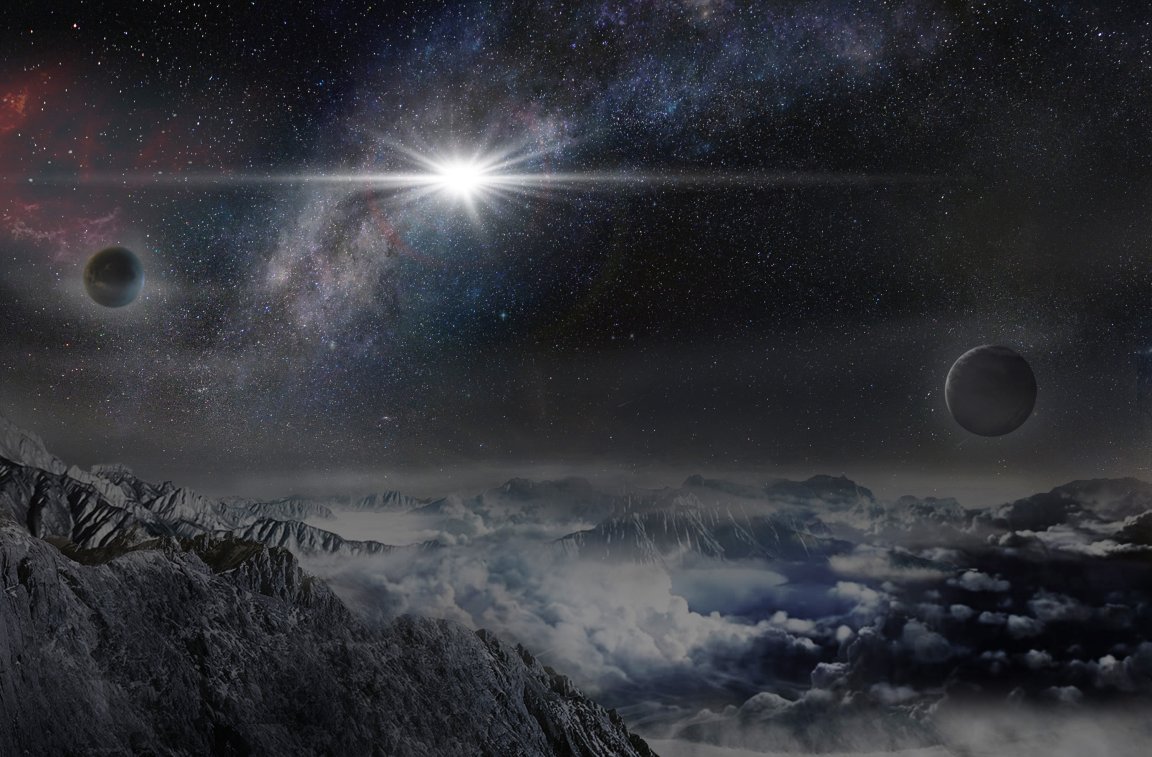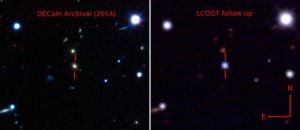
SUPER LUMINOUS
Is this the supernova that will beat all supernovae? This is the question astronomers and supernova watchers are asking after a peer review paper published in Science detailed the discovery of ASASSN-15lh, the most luminous supernova ever recorded in the history of astronomy to date.
How bright is it?
It’s 570 billion times brighter than our Sun. 200 times more powerful compared to an average supernova. 20 times brighter to all the stars in the Milky Way combined. That’s how bright it is.
Take a moment to digest that.

Discovered using the All Sky Automated Survey for SuperNovae or ASAS-SN, an international partnership with headquarters at Ohio State University, the ASASSN-15lh was first spotted in June 2015. However, the scientists behind the discovery were not able to immediately confirm that it was a supernova.
On Carnegie Science’s website, one of the astronomer members of ASAS-SN Nidia Morrell said, “When the first du Pont spectrum was available, as usual, I quickly checked what kind of supernova it was. To my surprise, I was not able to even tell for sure it was a supernova. My first reaction was: ‘this is interesting, we should get more data.’ It was only when we obtained higher resolution spectra from the Southern African Large Telescope and the Magellan Clay Telescope that I realized how distant the host galaxy is and consequently, how luminous the supernova.”
Located 3.8 billion light years away, ASASSN-15lh is the newest super luminous supernovae (or hypernovae) that astronomers have discovered in the recent decades.
NOT YOUR USUAL SUPER LUMINOUS SUPERNOVA
The discovery of ASASSN-15lh is a milestone not just because of its brightness, but because it seems to deviate from two existing theories on how supernovae are formed.
First, supernovae are usually formed when a supernova a dying star creates a supernova explosion and collapses into a magnetar. A magnetar is a neutron star with extremely powerful magnetic forces which can intensify the supernova blast. However, ASASSN-15lh exceeds the upper limits of brightness that astronomers previously thought a magnetar could intensify a supernova explosion.
The second theory that ASASSN-15lh seems to deviate from is the one addressing how, as previous discoveries have shown, most supernovae form in galaxies that are dimmer and smaller than the Milky Way and that have active star formation. However, ASASSN-15lh is located in a galaxy that is brighter and bigger than the Milky Way, and it has very slow star formation.
But there are some positives here. It’s not all guessing and questions.
“The good news is that ASASSN-15lh is bright, so it is relatively easy to get high-quality observations. Not only us, but many other groups of astronomers are using some of the most advanced telescopes, ground and space-based, to study ASASSN-15lh. I am sure that in the near future, we will understand much more about it,” explained Subo Dong in a published interview in the Washington Post.
Notably, Dong is an astronomer from Peking University’s Kavli Institute for Astronomy and Astrophysics and the lead author of the article detailing the discovery of ASASSN-15lh.
The team of astronomers behind the finding believes that they will understand more about the core ASASSN-15lh and its host galaxy when the light from the supernova begins to die down.